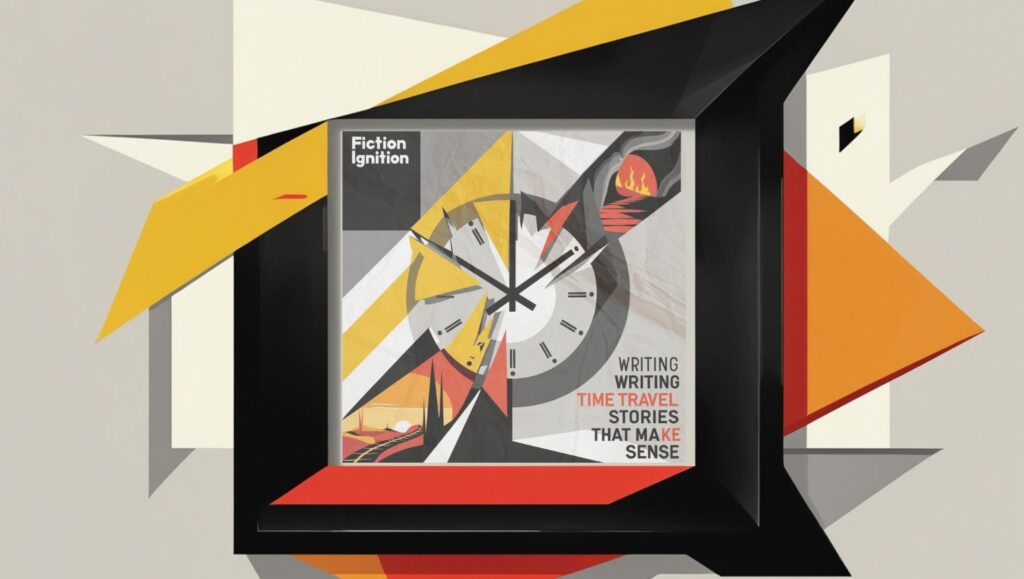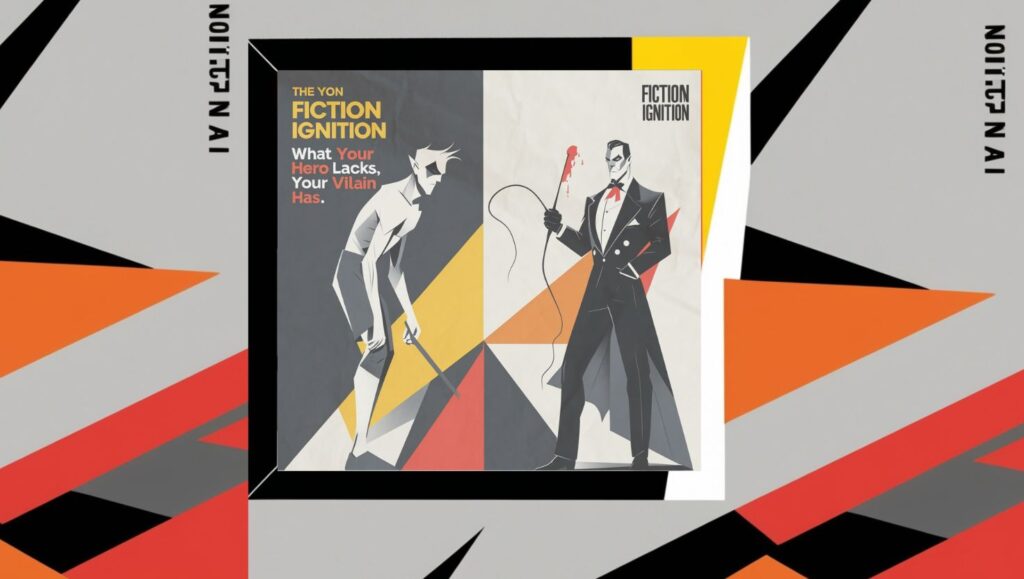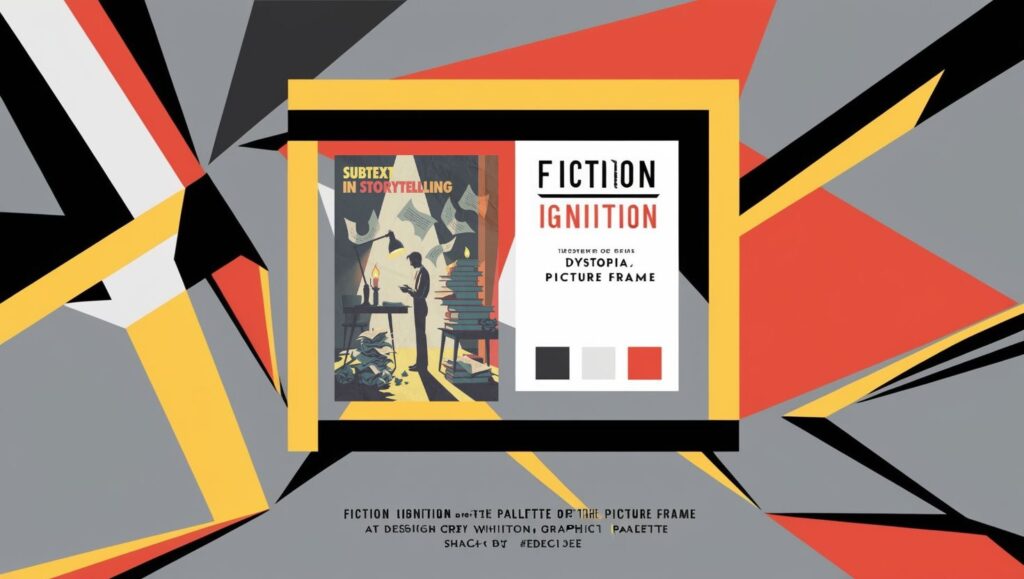Greetings, Fiction Igniters! Have you ever found yourself tangled in the wibbly-wobbly, timey-wimey mess of a poorly written time travel story? Fear not! Today, we’re going to master the art of crafting time travel tales that not only thrill but also make sense—the kind of stories that leave readers awestruck instead of scratching their heads.
So grab your creative flux capacitors and hop aboard as we count down the Top 10 Tips for Writing Time Travel Stories That Make Sense!
10. Start With a Clear Time Travel Mechanism
A good time travel story begins with a solid, understandable way for your characters to journey through time. Is it a machine, like H.G. Wells’ The Time Machine? A mysterious portal, like in Outlander? Or something completely unique, like the time loops in Blake Crouch’s Dark Matter? Whatever it is, make it consistent and believable within the rules of your world. Readers will forgive a little sci-fi hand-waving, but they won’t forgive inconsistencies.
Curious Fact: Did you know H.G. Wells’ The Time Machine was one of the first works to popularize time travel as a plot device? Wells even coined the term “time machine”!
Why It’s Important: If readers can’t understand how time travel works in your story, they’ll struggle to suspend disbelief.
9. Set Clear Rules for Time Travel
Does changing the past create alternate timelines, like in Avengers: Endgame? Or does it create paradoxes that must be avoided, as in Ray Bradbury’s A Sound of Thunder? Decide early on how time travel affects your universe and stick to it. Remember: rules = consistency = happy readers.
Example: In Back to the Future, Marty McFly’s actions in the past directly impact his present, creating a ripple effect. The rules are clear and easy to follow, which makes the story work.
8. Use Time Travel to Enhance Character Growth
Time travel is a great tool for exploring themes of regret, nostalgia, and second chances. Consider how time travel can challenge your characters’ beliefs, force them to confront their pasts, or give them insight into their futures.
Example: In Audrey Niffenegger’s The Time Traveler’s Wife, time travel is less about adventure and more about the emotional toll it takes on the characters. It’s a story about love, loss, and the fragility of time itself.
Pro Tip: Always ask, “How does this journey through time affect my character emotionally?”
7. Avoid Paradoxical Pitfalls
Ah, the dreaded paradox! The grandfather paradox (what happens if you go back in time and prevent your own birth?) has tripped up many a writer. While paradoxes can add tension, they can also confuse readers if not handled carefully.
Tip: Create logical constraints to avoid paradoxes entirely. For example, in Looper, the characters acknowledge paradoxes but don’t dwell on them, keeping the story focused.
6. Ground Your Story in Emotion
The best time travel stories aren’t about the mechanics—they’re about the people. Who cares about bending space-time if we don’t care about the characters involved?
Example: In 11/22/63 by Stephen King, the emotional weight of trying to prevent JFK’s assassination—and the personal sacrifices involved—makes the story unforgettable.
5. Explore the Butterfly Effect
Small changes in the past can have huge consequences in the future. This is a goldmine for drama and tension.
Example: Ray Bradbury’s A Sound of Thunder hinges on a tiny change—stepping on a butterfly in prehistoric times—causing massive changes in the future. The story is a masterclass in how small details can carry enormous weight.
4. Keep the Timeline Straight
Don’t let your readers get lost in the labyrinth of your story. Keep timelines clear and easy to follow, even if your characters are bouncing around centuries like ping-pong balls.
Tip: Consider using visual aids—like the timeline in Christopher Nolan’s Tenet marketing materials—to map out the flow of events for yourself (and potentially your readers).
3. Research History (or Make It Up!)
If your story involves historical events, accuracy is key. But if you’re inventing an alternate history, make sure it’s internally consistent. Readers love “what if” scenarios, but only if they make sense.
Example: In Philip K. Dick’s The Man in the High Castle, the alternate history of a world where the Axis powers won WWII is so well thought-out that it feels chillingly plausible.
2. Build Tension Through Time Constraints
Nothing keeps readers on the edge of their seats like a ticking clock. Add urgency to your time travel story by giving characters a deadline they must meet, whether it’s to save someone, stop an event, or escape a collapsing timeline.
Example: In Edge of Tomorrow, the time loop creates a constant sense of urgency as the protagonist repeats the same day, trying to survive and win the war.
1. End With a Bang (Not a Paradox)
Stick the landing! A great ending ties up loose threads, respects your story’s rules, and leaves readers satisfied. Whether your protagonist succeeds, fails, or discovers something unexpected, make sure the conclusion feels earned.
Example: In Arrival (based on Ted Chiang’s Story of Your Life), the twist ending recontextualizes everything that came before, delivering an emotional and intellectually satisfying conclusion.
Final Words, Fiction Igniters!
Time travel stories are some of the most challenging yet rewarding tales to write. They let us explore profound questions about fate, free will, and the very nature of time. But remember: it’s not just about the science or the mechanics. It’s about telling a story that resonates emotionally, intellectually, and—dare I say—timelessly.
So, until next time, my literary pyromaniacs: don’t write, ignite!









